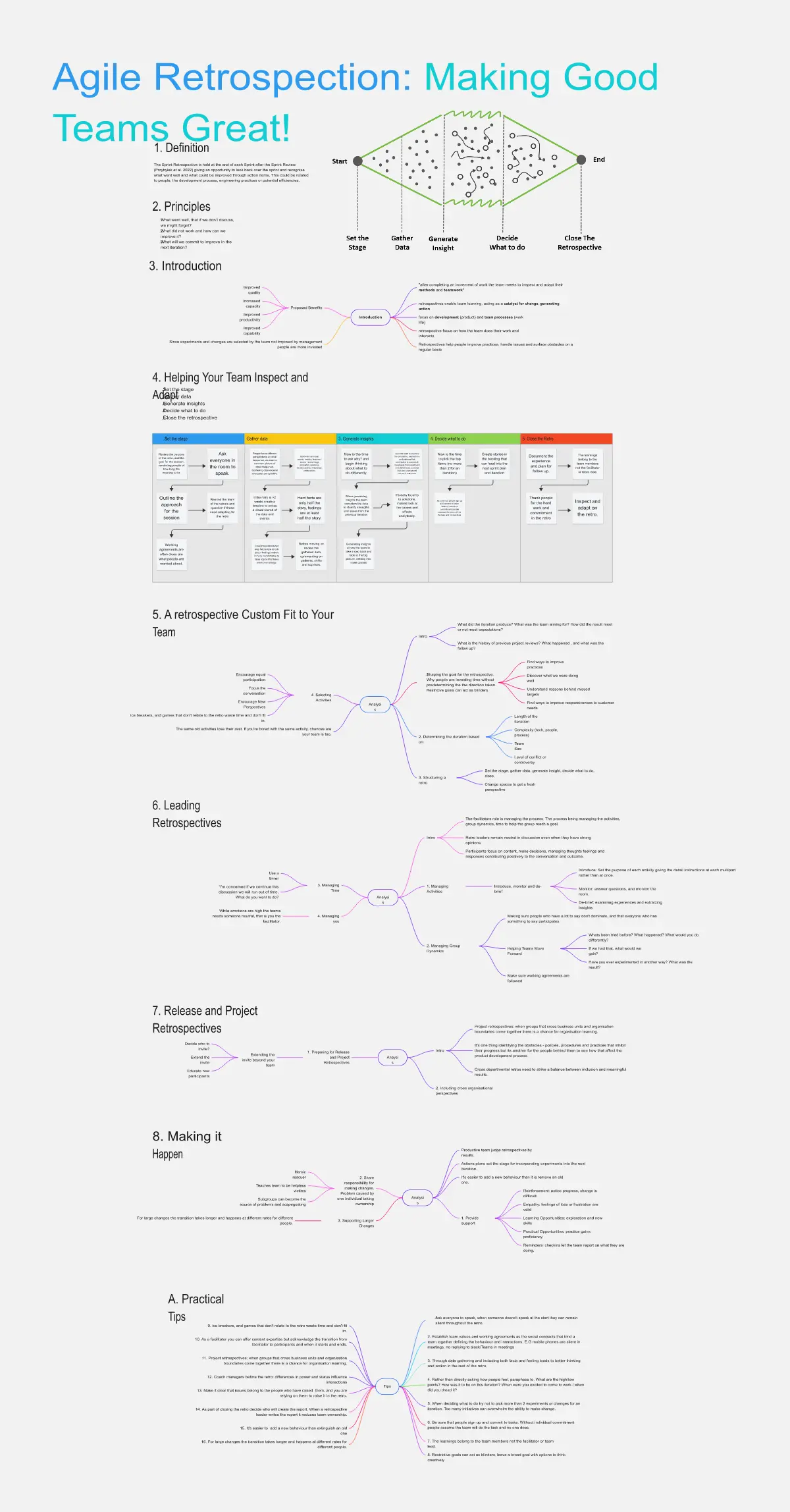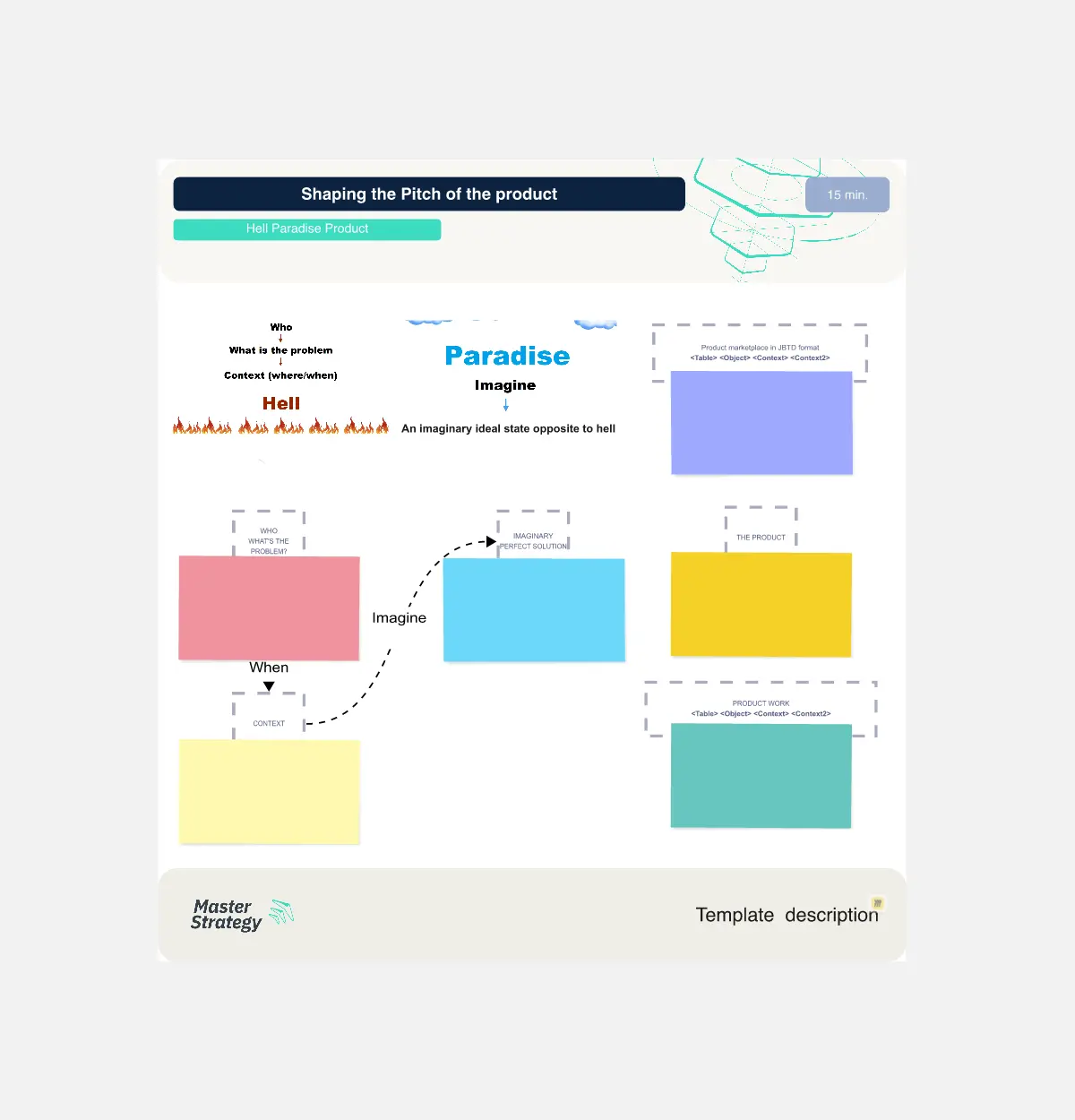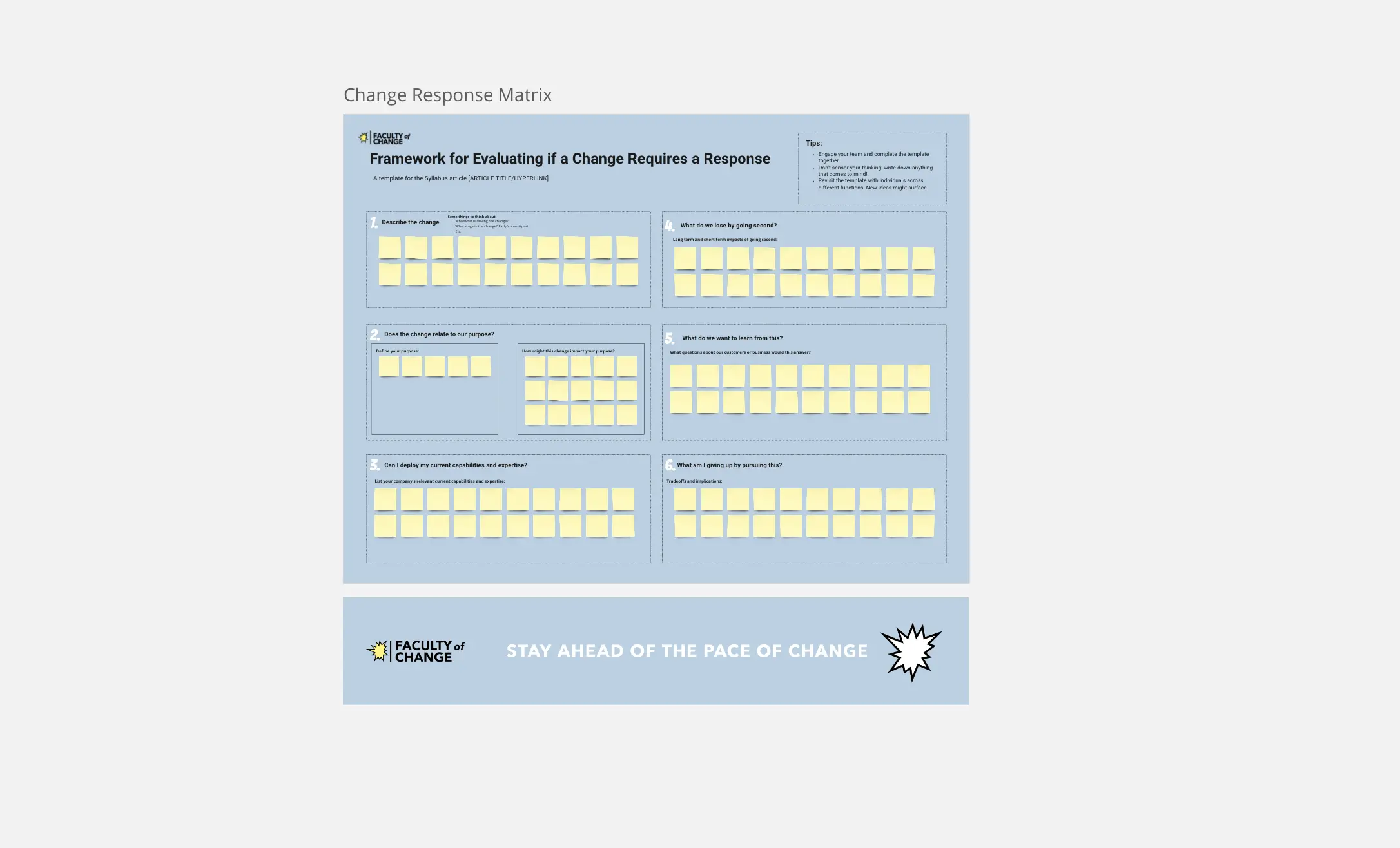Software Development With SCRUM User Guide
Agile methodologies and Scrum in particular are inherently non-prescriptive which results in adaptations and popularity of variations such as ScrumBAN, ScrumXP and Water-Scrum-Fall.
Mike Cohn's book Succeeding with Agile provides a more definitive handbook for organisations looking to adopt Scrum, fine-tune existing use cases and a great reference point for delivery professionals looking to inspect and adapt on their own practices.
This is as relevant now as it was when first published in 2019. For me, this is a foundational building block in the pursuit of agile expertise.
The book is structured as follows:
These links will take you to mindmap drawing out the key takeaways. For the in-depth examples and analysis purchase the book directly "it's relatively easy to get people to acknowledge the need to change, the hard part is getting them to stick to it"
There are then further chapters on scaling scrum in the organization but I will cover this in-depth as part of another book review / Miro/blog post. Whatever I can call this journaling.
Scrum, or the "rugby approach," was first used metaphorically by scholars Hirotaka Takeuchi and Ikujiro Nonaka (Takeuchi and Nonaka 1986) in a study of self-organizing manufacturing teams releasing successful innovations faster than the competition. Scrum was later formally founded by the original signatories of the Agile manifesto, Jeff Sutherland and Ken Schwaber (Rigby et al. 2016).
Scrum is a concrete implementation of the abstract values and principles described in the Agile Manifesto (Fowler 2019a) comprised of 11 concepts (3 “roles,” 3 “artifacts,” and 5 “events”). Scrum rules integrate these roles, artifacts, and events together managing the interactions and interdependencies (Garcia et al. 2022).
Today Scrum is the most widely used Agile framework (Digital.ai 2021) according to the 15th State of Agile report, with respondents “most closely following the methodology,” with variants of Scrum ScrumBan and Scrum/XP hybrids being the next most popular set of methodologies.
Categories
Similar templates





